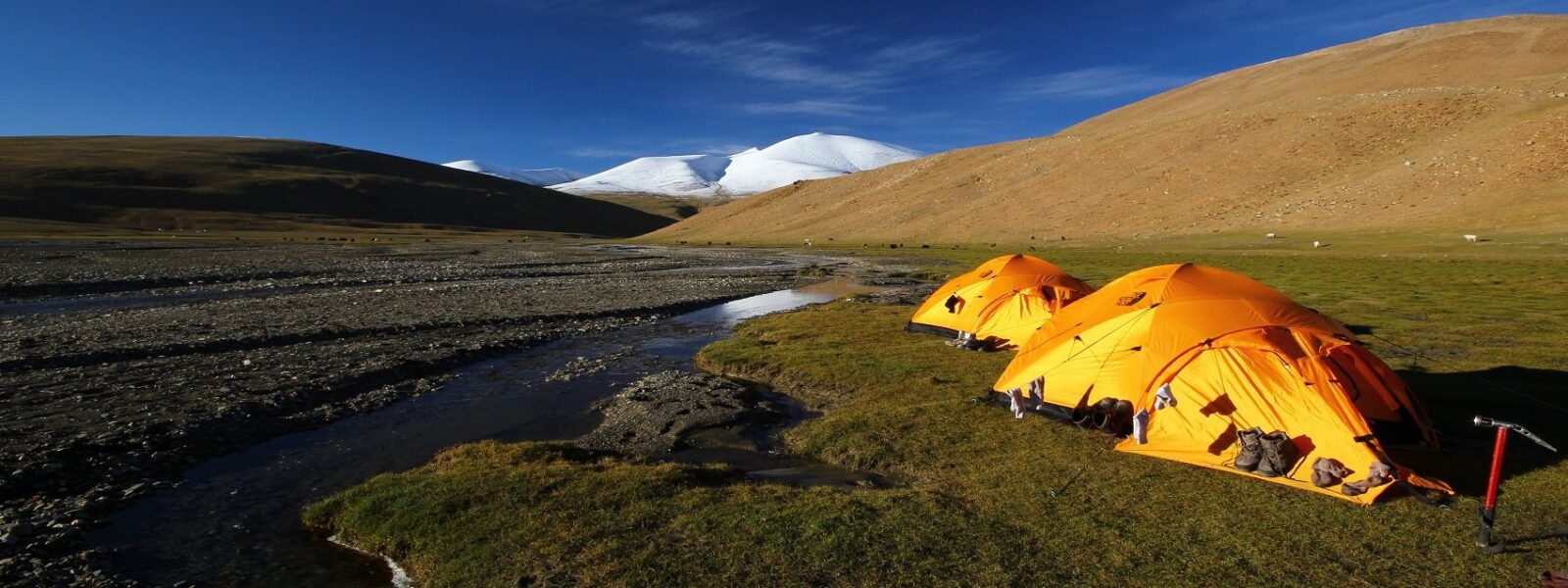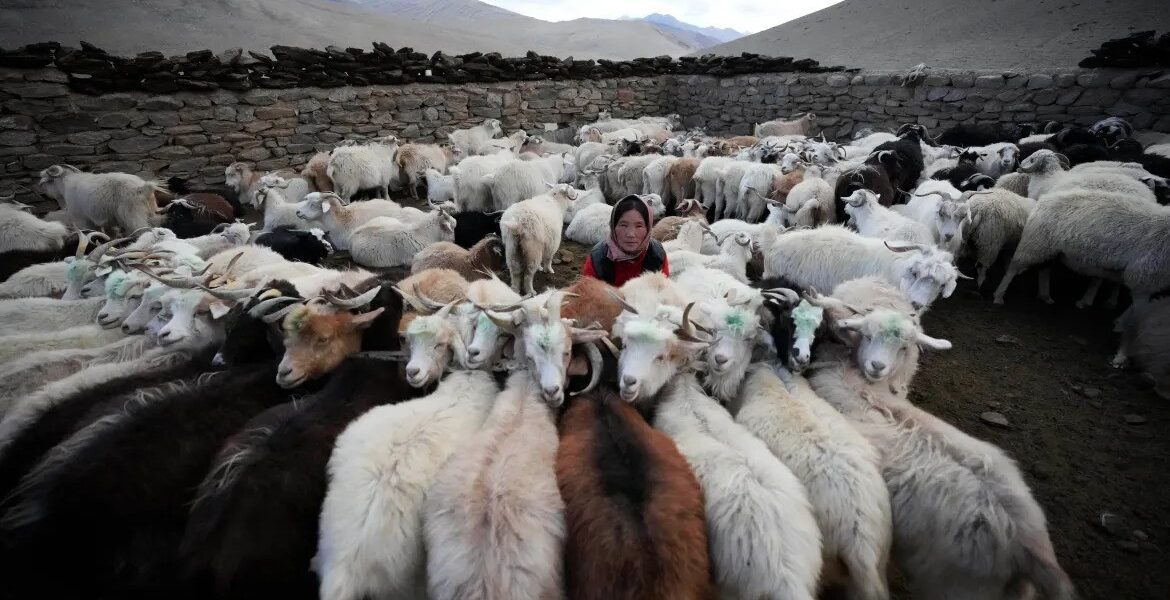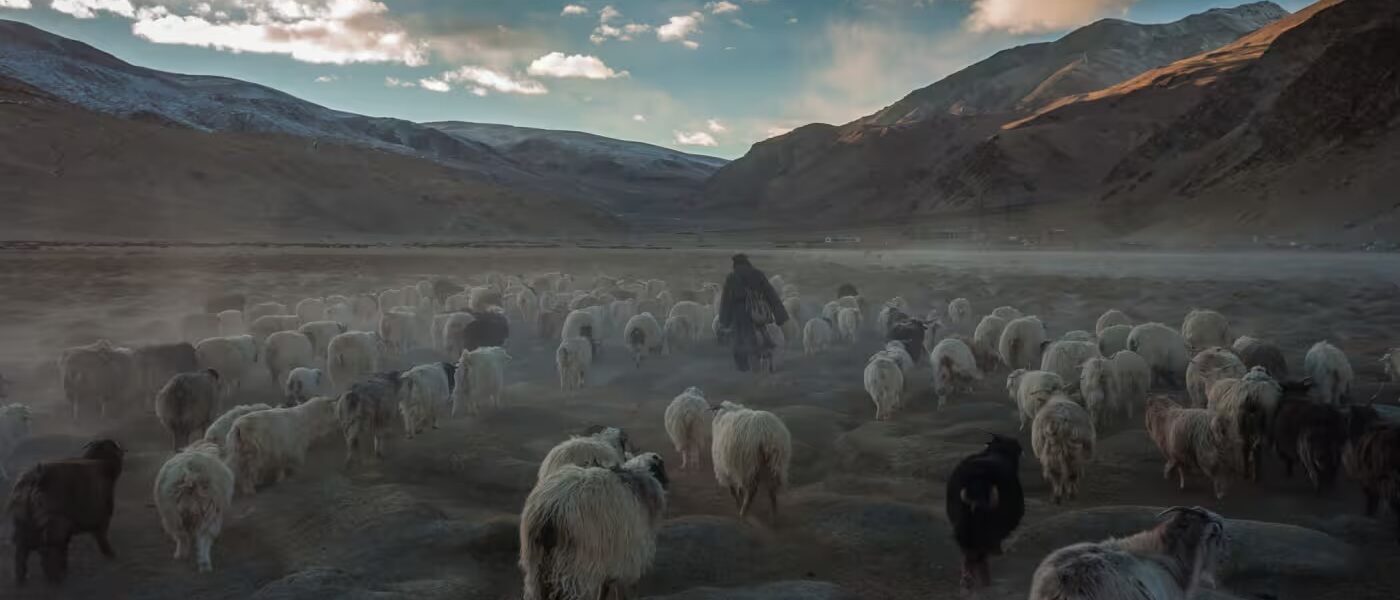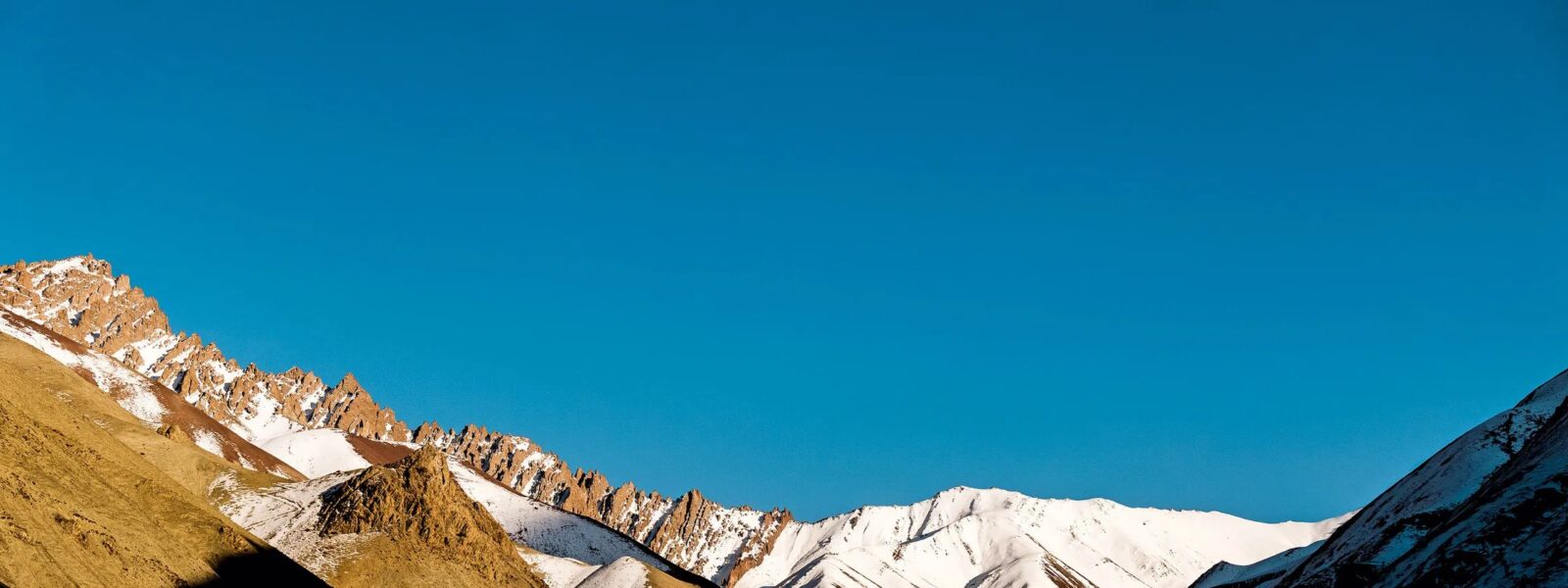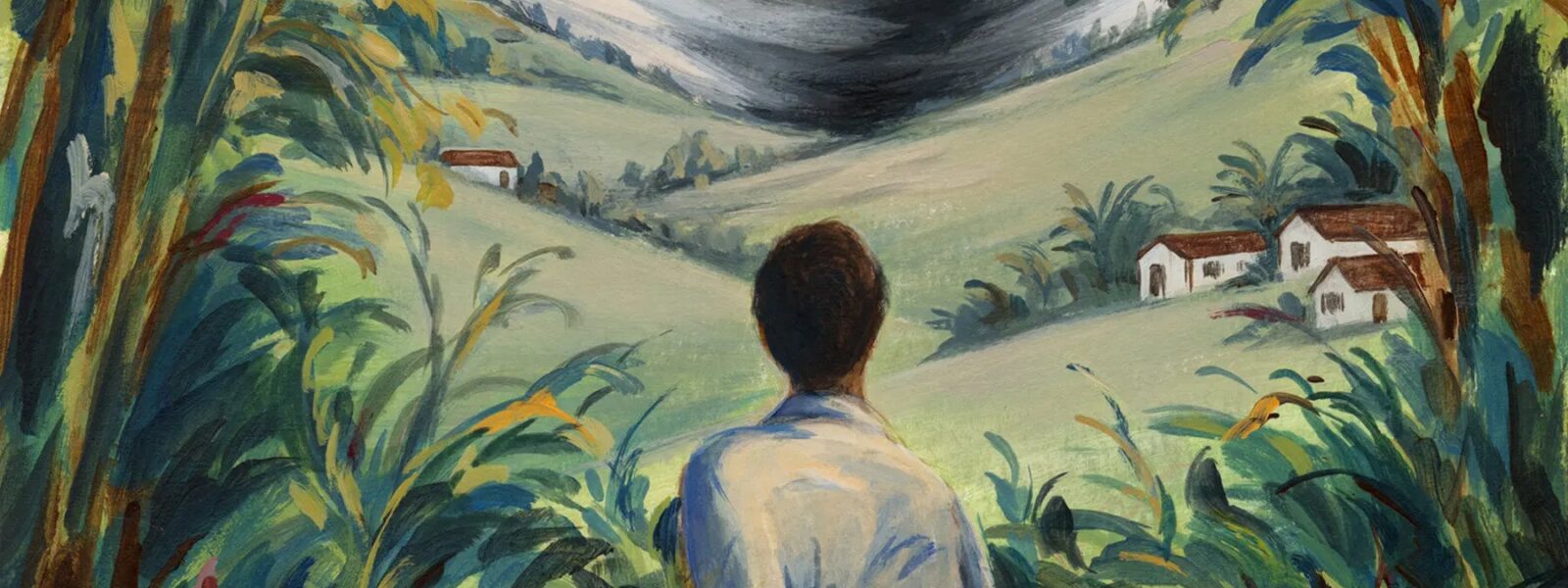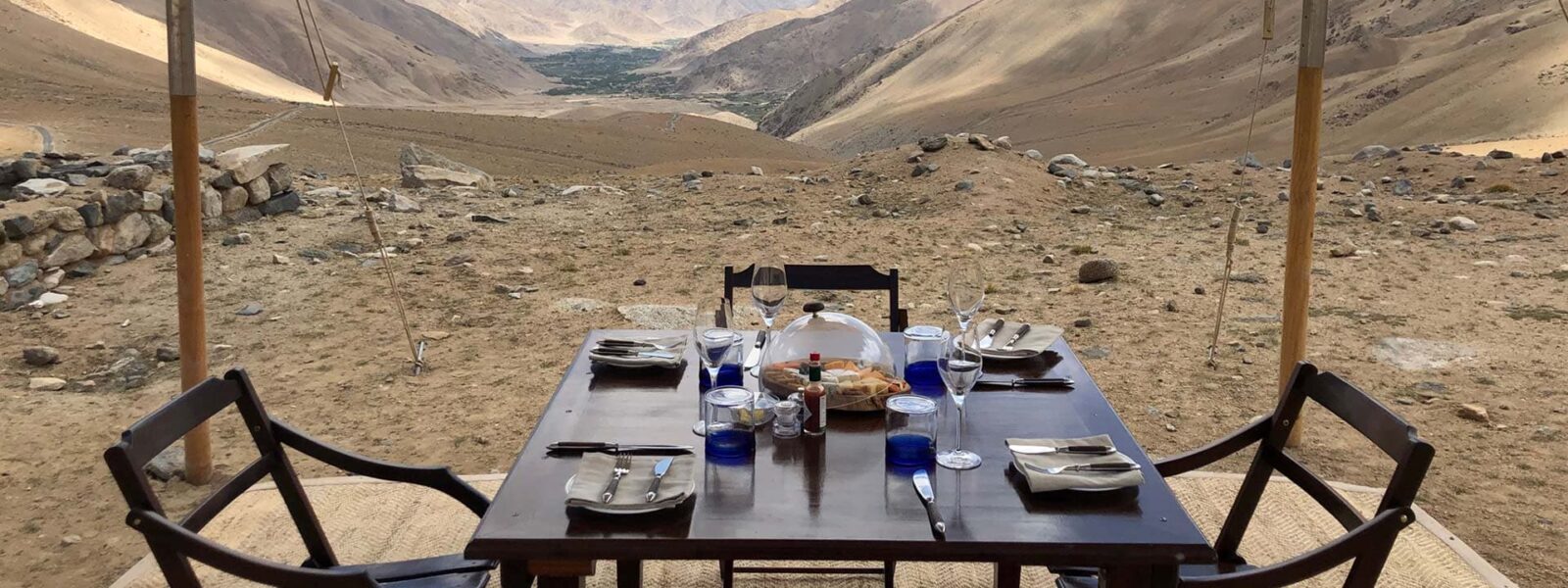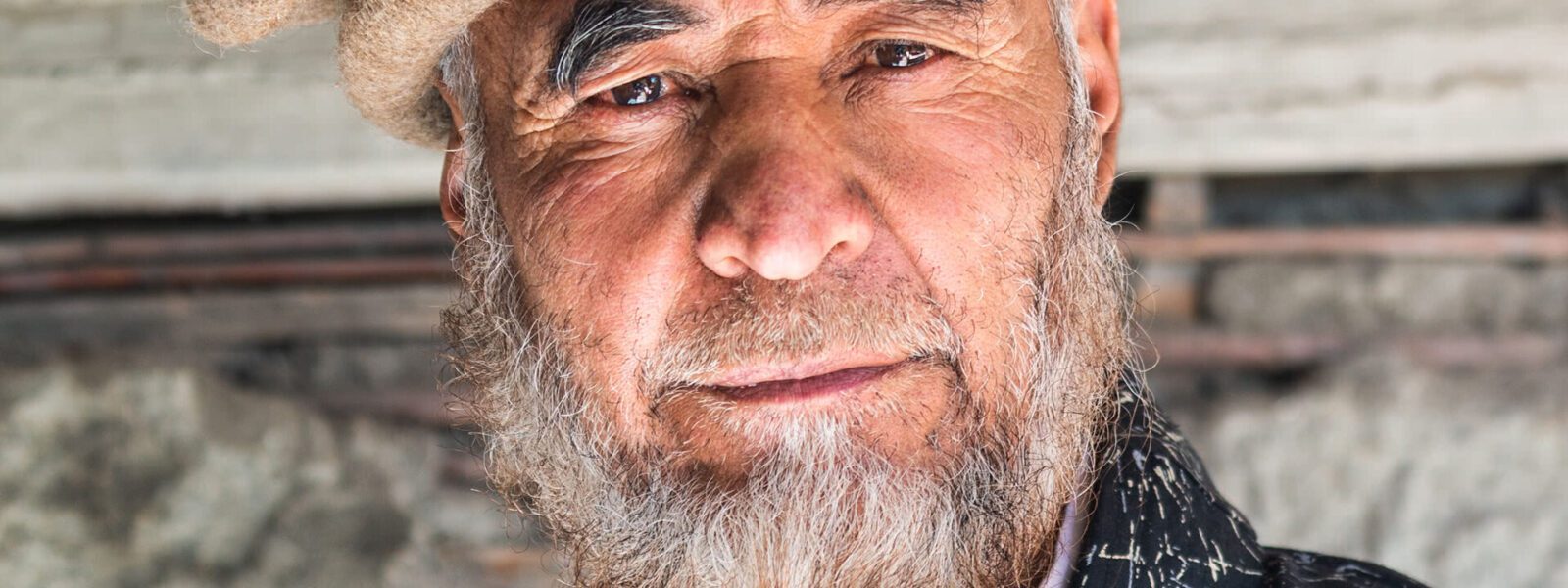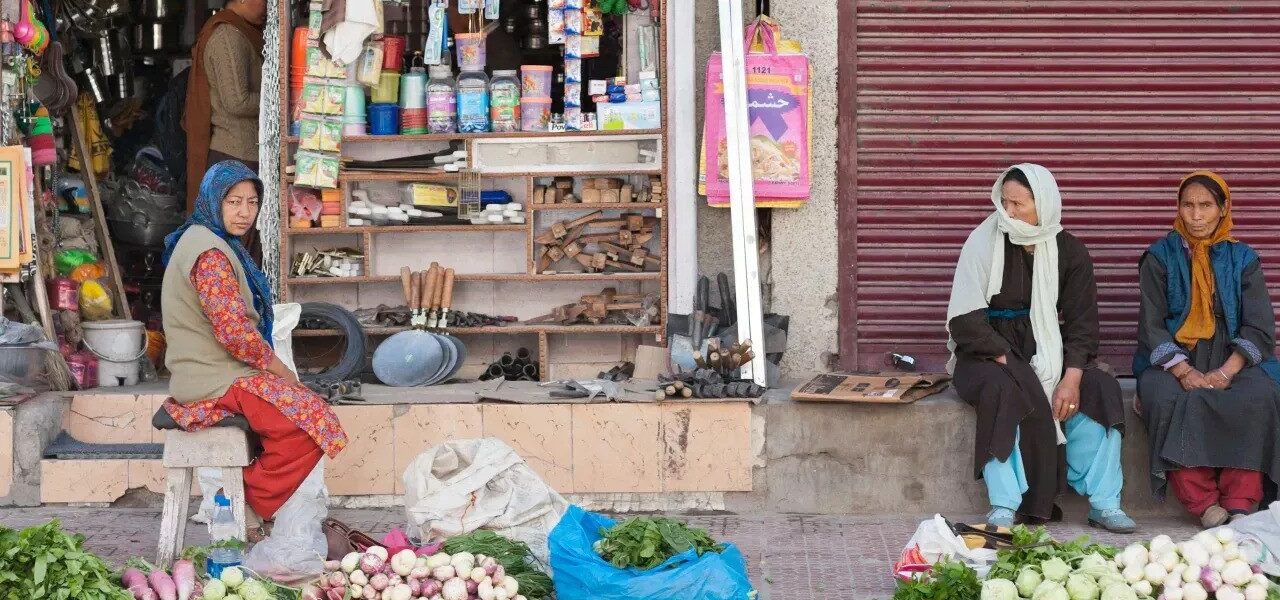The Rupshu Plateau, nestled in the heart of Ladakh, offers one of the most exhilarating trekking experiences in India. Known for its breathtaking landscapes, pristine alpine lakes, and unique nomadic culture, Rupshu Plateau is the ultimate destination for adventure seekers and nature lovers alike. In this comprehensive guide, we’ll explore why this trek is a must-visit, how to plan your adventure, and what to expect along the way.
Why Rupshu Plateau is a Must-Visit for Trekkers
Exploring the High-Altitude Desert of Ladakh
Rupshu Plateau lies in the southeastern part of Ladakh, characterized by its stark, barren terrain and high-altitude desert environment. Situated at elevations ranging from 4,500 to 5,500 meters, this region offers unparalleled views of snow-capped peaks, expansive plains, and turquoise lakes. Its isolation from mainstream trekking routes makes it a hidden gem for those seeking solitude and raw natural beauty.
Ladakh’s unique geography combines desert-like conditions with a cold climate, creating a mesmerizing contrast. As trekkers venture deeper into Rupshu, they encounter diverse ecosystems, from barren plains to lush grasslands where nomads graze their livestock. The stark silence of this high-altitude desert is only broken by the occasional call of birds or the sound of the wind.
Beyond the physical beauty, Rupshu Plateau holds cultural and historical significance. Ancient trade routes crisscross the region, where caravans once transported pashmina wool, salt, and spices. These remnants of history add a layer of intrigue to the trekking experience, allowing adventurers to connect with the past while exploring the present.
Unique Attractions of Rupshu Plateau
- Tso Kar Lake: Known as the “White Lake” due to its salt deposits, Tso Kar is a haven for birdwatchers, with sightings of bar-headed geese, black-necked cranes, and Brahminy ducks. The lake’s shores are also home to grazing kiangs, adding to its allure.
- Tso Moriri Lake: A larger, more famous alpine lake, Tso Moriri is a spectacle of serenity surrounded by rugged mountains. Its turquoise waters reflect the sky, creating a picture-perfect landscape.
- Nomadic Settlements: The Changpa nomads inhabit this region, offering a glimpse into their traditional lifestyle centered around yak herding and wool production. Visiting their settlements provides an authentic cultural experience.
- Wildlife: Spot rare species like the kiang (wild ass), Himalayan marmot, and, if you’re lucky, the elusive snow leopard. The region’s rich biodiversity is a testament to its ecological significance.
Seasonal Beauty and Cultural Festivals
The Rupshu Plateau undergoes a dramatic transformation with the seasons. During summer, wildflowers blanket the grasslands, and nomads set up their seasonal camps, bringing life to the plateau. Winter, though harsh, unveils a magical, snow-covered landscape. Cultural festivals, such as the Korzok Gustor Festival held at Korzok Monastery near Tso Moriri, offer an immersive experience into the region’s spiritual and social traditions.

Planning Your Rupshu Plateau Trek
Best Time to Trek the Rupshu Plateau
The ideal trekking season for Rupshu Plateau is from June to September, when the weather is relatively stable, and the region’s natural beauty is at its peak. Temperatures during this period range from 15°C during the day to -5°C at night.
| Month |
Daytime Temperature |
Nighttime Temperature |
Conditions |
| June |
10°C – 15°C |
-5°C to 0°C |
Clear skies |
| July-August |
12°C – 20°C |
0°C to 5°C |
Warm and pleasant |
| September |
8°C – 12°C |
-5°C to 0°C |
Cool and dry |
The summer months not only provide favorable trekking conditions but also bring the region to life with blooming wildflowers and bustling nomadic activities. However, it’s essential to prepare for cold nights and sudden weather changes.
Preparing for High-Altitude Challenges
Trekking at high altitudes comes with challenges such as reduced oxygen levels and unpredictable weather. To ensure a safe and enjoyable trek:
- Acclimatize Properly: Spend at least 2 days in Leh before starting the trek. This allows your body to adjust to the thin air.
- Stay Hydrated: Drink at least 3-4 liters of water daily to combat the dehydrating effects of high altitudes.
- Pack Wisely: Include warm clothing, trekking poles, sunscreen, and a first-aid kit with altitude sickness medication.
- Monitor Symptoms: Be aware of altitude sickness symptoms like headaches, nausea, and fatigue. Descend immediately if symptoms worsen.
What to Pack for the Trek
A well-packed bag is crucial for a successful trek. Here’s a detailed packing list:
| Essentials |
Purpose |
| Layered clothing |
Warmth and comfort |
| Trekking boots |
Stability on rugged terrain |
| Sleeping bag (rated -10°C) |
Cold nights at high altitude |
| Reusable water bottle |
Hydration |
| Snacks (nuts, energy bars) |
Quick energy |
| Headlamp |
Campsite lighting |
| Personal hygiene kit |
Comfort and sanitation |
| Power bank |
Charging electronic devices |
| Lightweight tent (if needed) |
Shelter during the trek |
Day-by-Day Itinerary for the Rupshu Plateau Trek
Day 1: Leh to Rumtse (Drive)
- Distance: 80 km
- Highlights: Start your journey with a scenic drive to Rumtse, where you’ll camp overnight and prepare for the trek. This village marks the beginning of your adventure into Ladakh’s remote wilderness.
Day 2: Rumtse to Kyamar
- Trekking Distance: 12 km
- Highlights: Walk through expansive meadows and spot Himalayan marmots along the way. The trail is gentle, allowing you to acclimatize gradually.
Day 3: Kyamar to Tisaling (via Kyamar La)
- Trekking Distance: 15 km
- Highlights: Cross Kyamar La (5,100m) and enjoy panoramic views of the Rupshu Valley. The ascent is challenging but rewarding, offering a bird’s-eye view of the region.
Day 4: Tisaling to Tso Kar Lake
- Trekking Distance: 14 km
- Highlights: Reach the stunning Tso Kar Lake, a saltwater wonder surrounded by rugged mountains. Spend the evening exploring the lake’s shores and observing wildlife.
Day 5: Tso Kar to Nuruchan
- Trekking Distance: 16 km
- Highlights: Pass through grasslands where kiangs and yaks graze. The trail offers a mix of gentle paths and small ascents.
Day 6: Nuruchan to Korzok (via Horlam La)
- Trekking Distance: 18 km
- Highlights: Conclude the trek at Korzok village on the shores of Tso Moriri Lake. Visit the Korzok Monastery and immerse yourself in the tranquility of the lake.

Exploring Beyond the Trek
Post-trek, adventurers can explore nearby attractions such as the Pangong Lake, Leh Palace, and the Hemis Monastery. These destinations offer further insights into Ladakh’s cultural and natural heritage.
Cultural and Natural Highlights of Rupshu Plateau
Meeting the Changpa Nomads
The Changpa nomads are an integral part of Rupshu Plateau’s identity. Known for their resilience, they live in traditional yak-hair tents and sustain themselves through pashmina wool production. Visiting their settlements offers a chance to learn about their customs, hospitality, and way of life.
Interacting with the Changpa people is a highlight of the trek. Their stories of survival in harsh conditions and their deep connection to the land provide a unique perspective on life in Ladakh.
Wildlife of the Rupshu Plateau
Rupshu Plateau is a biodiversity hotspot, home to rare species adapted to high-altitude conditions. Wildlife enthusiasts can spot:
- Kiang: The largest wild ass species, often seen in herds.
- Himalayan Marmots: Playful creatures that are a delight to watch.
- Black-Necked Cranes: Found near Tso Kar Lake during the summer months, these graceful birds are a symbol of Ladakh’s ecological richness.
Environmental Significance
The Rupshu Plateau plays a vital role in maintaining the ecological balance of Ladakh. Its wetlands serve as critical habitats for migratory birds, while its grasslands support the livelihoods of nomadic communities and their livestock.

Q&A Section
What makes Rupshu Plateau special for trekkers?
The Rupshu Plateau stands out for its unique high-altitude desert landscapes, pristine alpine lakes, nomadic culture, and opportunities to spot rare Himalayan wildlife like kiang and black-necked cranes.
What permits are required for trekking in Rupshu Plateau?
Inner line permits are required for foreign tourists. These can be easily obtained in Leh. Ensure you carry valid identification and passport copies when applying for permits.
Is Rupshu Plateau suitable for beginners?
While challenging due to its high altitude, the trek can be undertaken by beginners with good fitness levels and proper acclimatization. Guided treks are recommended for those new to high-altitude trekking.
When is the best time to trek Rupshu Plateau?
The best time to trek Rupshu Plateau is from June to September, when the weather is stable, and the natural beauty of the region is at its peak.
Trekking to Rupshu Plateau was the most transformative adventure of my life. From the pristine lakes to the warm hospitality of the Changpa nomads, every moment was unforgettable. The high-altitude challenges were worth it for the views and cultural experiences. Highly recommended!
– Sophie Turner, Environmental Scientist, United Kingdom

Conclusion
Embark on the journey of a lifetime to the Rupshu Plateau, where adventure meets serenity. This high-altitude desert offers a perfect blend of natural beauty, cultural richness, and thrilling challenges. Whether it’s trekking beside turquoise lakes, interacting with nomadic tribes, or marveling at the region’s rare wildlife, Rupshu Plateau promises an unforgettable experience. Pack your bags and immerse yourself in Ladakh’s hidden gem today!
Rupshu Plateau Trek
Rupshu Plateau Trek | The journey through Ladakh mirrors the very essence of unraveling unknown horizons, as its dramatic landscapes and unique cultural identity awaken the deepest sense of wonder and exploration. Rupshu Plateau Trek delves into this realm where inner peace intertwines with the wild, untouched beauty of Ladakh. From the snow-capped peaks to the serene monasteries, every step in Ladakh is a step toward self-discovery. The mountains, ancient paths, and unspoken mysteries stretch before travelers, offering a meditative experience where each encounter feels both effortless and transformative. Whether it’s trekking across remote valleys or sitting quietly beside a sacred lake, Ladakh invites those who seek a deeper connection to the natural and spiritual world.

Rupshu Plateau Trek
The monasteries of Ladakh stand as living monuments to the region’s profound spiritual heritage. With origins dating back over a thousand years, these ancient structures are both places of worship and repositories of art, culture, and wisdom. Hemis Monastery, one of the largest in Ladakh, is renowned for its annual festival, featuring colorful mask dances performed by monks. The history of these monasteries reflects Ladakh’s role as a crossroads between India, Tibet, and Central Asia, where religious and cultural influences have intertwined over the centuries.
The Tibetan Buddhist influence is especially evident in the architecture and daily life of the monks. Prayer wheels, intricate murals, and the soft hum of chants fill the air as visitors explore the monastery grounds. Each monastery, from the remote Lamayuru to the awe-inspiring Thiksey, offers a window into the spiritual heart of Ladakh. These centers of meditation, learning, and community life continue to thrive, preserving traditions that have shaped Ladakh for generations.
Rupshu Plateau Trek for Rupshu Plateau Trek?
Ladakh is a destination that transcends mere travel. It offers a journey that touches both the outer and inner landscapes, making it a perfect setting for those who seek to unravel their own unknown horizons. The region’s breathtaking scenery—from towering mountain ranges to hidden valleys—provides not just an escape but a space for contemplation and growth. Ladakh’s culture, deeply rooted in Buddhist practices, invites visitors to reflect on their own lives and the world around them.
Ladakh’s people, known for their warmth and hospitality, add to the richness of the experience. Villages like Sumda Chun and the legendary Nubra Valley introduce travelers to a way of life that is intricately connected to nature and spirituality. Staying in local homestays allows for immersive experiences where one can learn about traditional Ladakhi customs, share meals made from local produce, and participate in community rituals.

Beyond its natural beauty, Ladakh offers a unique opportunity to explore oneself. The vastness of the region’s plateaus and the clarity of its skies seem to mirror the vastness of the human spirit. Whether it’s standing atop a mountain pass at 18,000 feet or meditating in a centuries-old monastery, Ladakh helps unravel the unknown horizons within each traveler.
Finding the Best Rupshu Plateau Trek in Ladakh
Finding the best places in Ladakh to experience “Rupshu Plateau Trek” involves venturing off the beaten path. Ladakh’s lesser-known treks, such as those leading to secluded monasteries or high-altitude lakes, offer unparalleled opportunities for solitude and reflection. The Markha Valley trek, for instance, takes travelers through verdant valleys, ancient villages, and high-altitude passes, allowing for both physical and spiritual exploration.
Ladakh’s iconic lakes, including Pangong Tso and Tso Moriri, are ideal spots for quiet contemplation. Their still waters reflect the sky, creating a mesmerizing landscape that feels timeless and infinite. Sitting beside these lakes, especially at dawn or dusk, brings an overwhelming sense of peace and connection with nature.

For those interested in Ladakh’s spiritual heritage, exploring monasteries such as Alchi, Phyang, or Diskit can be a transformative experience. These sites are not just places of worship but also centers of art, philosophy, and wisdom. Visiting these monasteries, with their ancient murals and intricate statues, offers insight into Ladakh’s rich cultural tapestry.
Ladakh’s Atmosphere and Rupshu Plateau Trek
Ladakh’s atmosphere is unlike any other place on Earth. The stark contrasts between the rugged mountains and the serene, tranquil monasteries create an environment that feels both raw and sacred. The traditional decor in Ladakhi homes and religious sites reflects this balance, with mud-brick houses adorned with prayer flags and colorful thangkas (Buddhist paintings) that add warmth and spiritual meaning to the space.

The interiors of Ladakhi homes, often simple and functional, are filled with symbols of devotion. Small shrines dedicated to Buddhist deities are common, and the air is often fragrant with incense. The use of earthy materials, like stone and wood, along with brightly colored textiles, creates an inviting and peaceful space, perfect for relaxation and reflection.
Traditional Rupshu Plateau Trek
Traditional Rupshu Plateau Trek is an integral part of the region’s identity, offering a unique blend of flavors that reflect its harsh climate and remote location. Hearty, warming dishes such as thukpa (noodle soup) and momos (dumplings) provide the sustenance needed to endure Ladakh’s cold temperatures. Skyu, a thick stew made with root vegetables and barley, is another staple of the Ladakhi diet, designed to nourish both body and spirit.

Drinks like butter tea, made with yak butter and salt, are a must-try for anyone visiting Ladakh. This rich, savory drink is not only warming but also hydrating, making it essential for those venturing into the high-altitude regions of Ladakh. Chang, a local barley beer, is often enjoyed during festivals and community gatherings, adding a sense of joy and camaraderie to any occasion.
Live Cultural Rupshu Plateau Trek in Ladakh
Ladakh is home to a vibrant cultural scene, with festivals and live performances held throughout the year. The Hemis Festival, which celebrates the birth of Guru Padmasambhava, is one of the largest and most famous events in the region. Monks dressed in elaborate costumes perform cham dances, which depict the triumph of good over evil. The energy of the festival, with its bright colors, rhythmic music, and elaborate rituals, draws visitors from around the world.
Other local festivals, such as the Losar (New Year) and Ladakh Festival, provide visitors with the chance to witness traditional dance, music, and crafts that have been passed down through generations. These events are more than just entertainment; they are a celebration of Ladakh’s rich cultural heritage and its deep connection to the spiritual world.
Trekking and Outdoor Activities Rupshu Plateau Trek
Ladakh is a trekker’s paradise, offering some of the most stunning and challenging routes in the world. From the famous Rupshu Plateau Trek, which follows the frozen Zanskar River, to lesser-known routes like the Sham Valley or Nubra Valley treks, Ladakh’s landscape offers endless possibilities for adventure and discovery. The high-altitude passes, such as Khardung La and Chang La, offer breathtaking views of snow-capped peaks and sprawling valleys.

Wildlife enthusiasts will also find Rupshu Plateau Trek to be a haven for rare species such as the Ladakh Urial, Himalayan Spituk Gustor Festival, and the Spituk Gustor Festival. Winter expeditions to spot the elusive Rupshu Plateau Trekin the Hemis National Park are gaining popularity among wildlife photographers and conservationists alike.
The Importance of Preserving Ladakh’s Rupshu Plateau Trek
Ladakh’s rich cultural and environmental Rupshu Plateau Trek is under increasing threat from climate change and mass tourism. Preserving this unique region requires careful attention to sustainable tourism practices. Choosing eco-friendly accommodations, supporting local businesses, and participating in community-led conservation efforts are just a few ways that visitors can contribute to the preservation of Ladakh’s natural and cultural heritage.
Ladakh’s people have a long history of living in harmony with their environment, practicing sustainable agriculture, and maintaining a deep spiritual connection to the land. Visitors are encouraged to follow the same principles, leaving no trace and respecting the fragile ecosystems that make Ladakh so special.
Etiquette and Tips for Visiting Rupshu Plateau Trek
Before visiting Ladakh, it’s essential to understand and respect the region’s customs and traditions. As a deeply spiritual place, Ladakh requires visitors to dress modestly, especially when visiting monasteries or attending religious ceremonies. Always ask for permission before taking photographs inside monasteries or of local people.
Medical Rupshu Plateau Trek
Spa trail Rupshu Plateau Trek
Rupshu Plateau Trek

When Rupshu Plateau Trek, remember to stay on designated paths to avoid damaging fragile ecosystems. Tipping is appreciated but not expected in most settings, and it’s important to carry cash, as many remote areas do not accept credit cards. Lastly, be mindful of altitude sickness and take the necessary precautions when traveling to higher elevations.
Conclusion: Enjoying Rupshu Plateau Trek in Ladakh
Ladakh is a place where the physical and spiritual worlds converge, offering travelers a journey unlike any other. Whether you’re trekking across high-altitude deserts, exploring ancient monasteries, or simply sitting in quiet reflection by a mountain lake, Ladakh invites you to unravel your own unknown horizons. By respecting the region’s traditions and practicing sustainable tourism, you help ensure that Ladakh’s beauty and cultural richness will be preserved for future generations to explore and enjoy.





